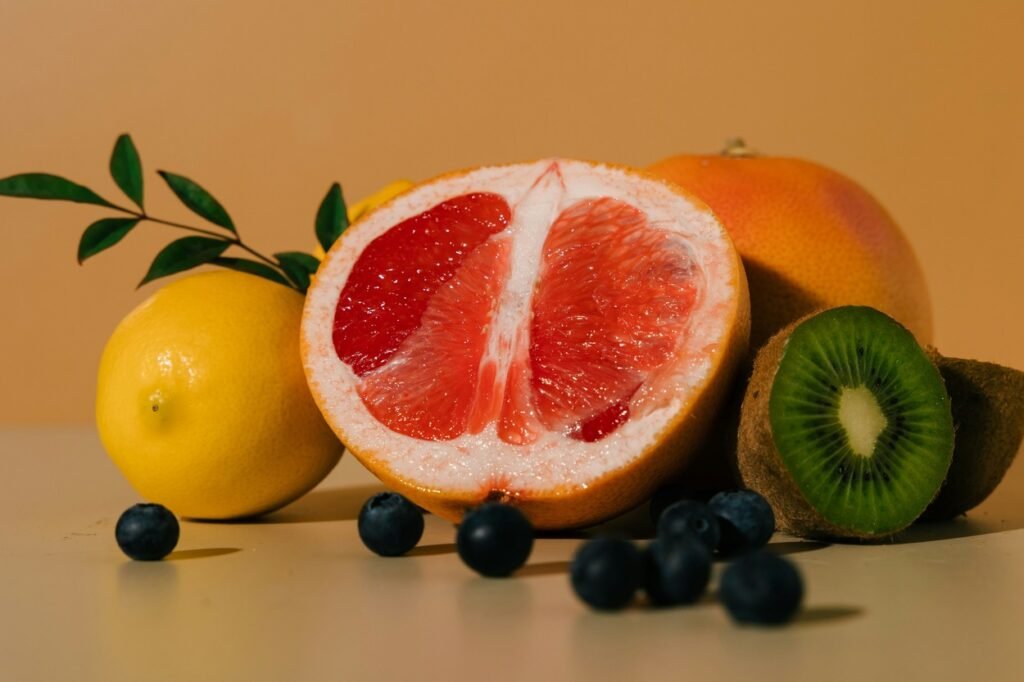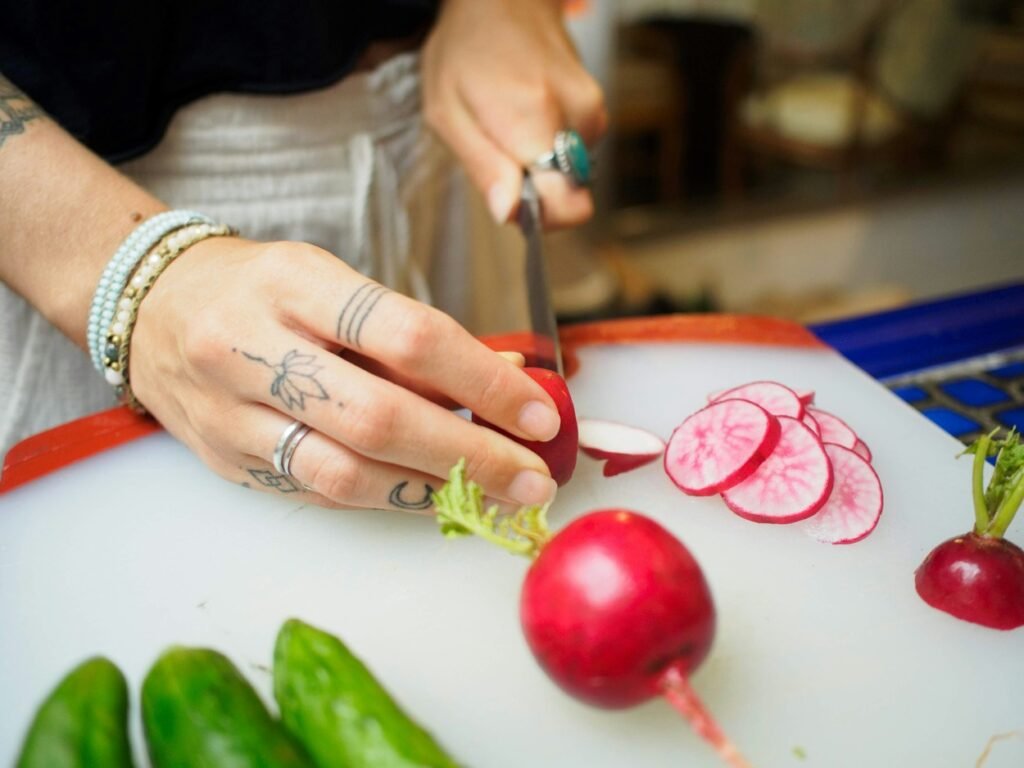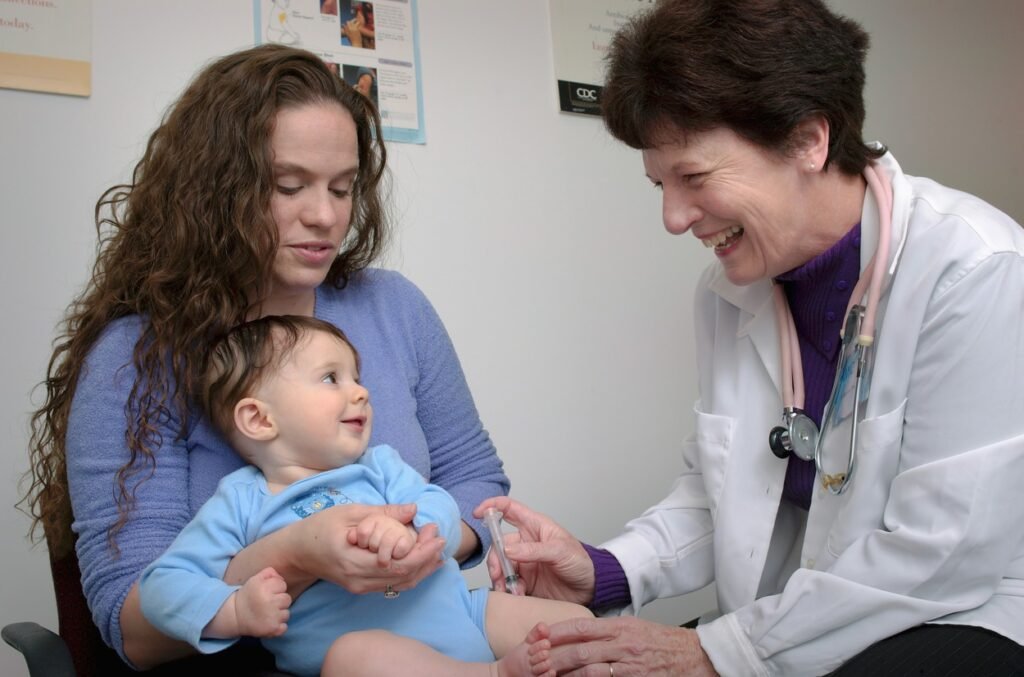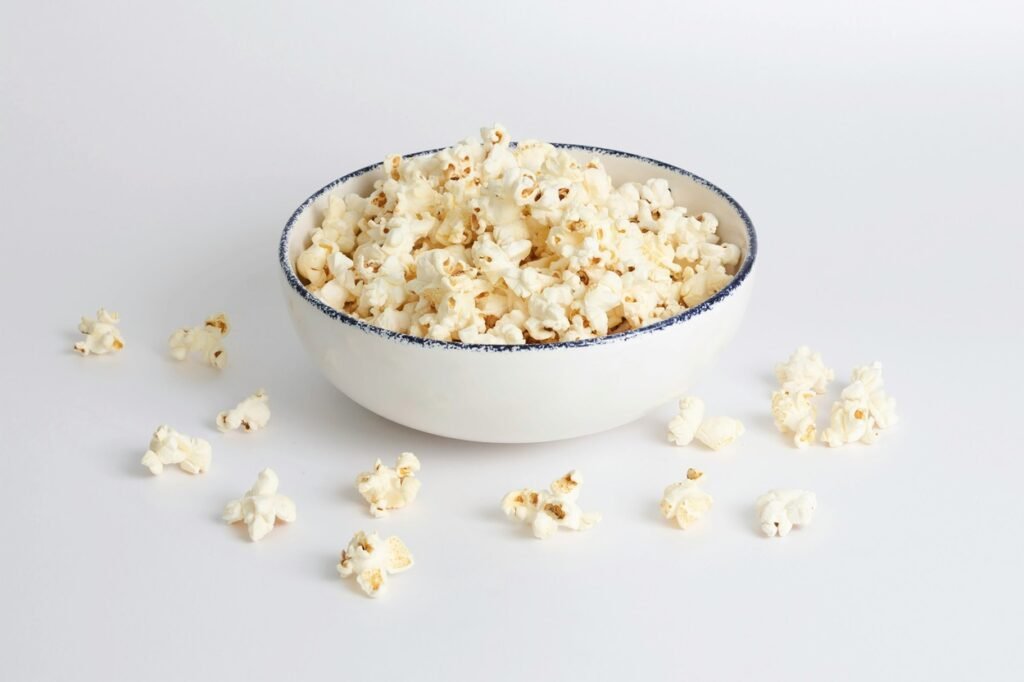As a parent of two kids nearing six and five, I’ve probably navigated a labyrinth of snack choices, dodged a few tantrums, and celebrated small victories like finishing a meal without a spill. When it comes to snacks, popcorn often pops into mind—pun intended.
But is it safe for toddlers? Let’s dig into this crunchy conundrum.
The Perks of Popcorn
Popcorn isn’t just for movie nights. It’s a whole grain, which means it has some redeeming nutritional qualities. Here’s why popcorn can be appealing:
Popcorn is high in fiber, helping keep those little digestive systems running smoothly. It’s also low in calories, making it a light snack option. Plus, popcorn contains polyphenols, which are antioxidants beneficial for health. But before we get too excited, let’s take a closer look at the flip side.

The Choking Hazard
The primary concern with toddlers munching on popcorn is the choking risk. Toddlers, especially those under four, are at a higher risk of choking on small, hard foods. Popcorn, with its unpredictable texture and those sneaky unpopped kernels, can be a serious hazard.
Kernel hulls, those half-popped or unpopped kernels, can get lodged in small airways. The irregular shape and size of popcorn pieces make them tricky to chew properly. Toddlers are still honing their chewing and swallowing skills, making them more prone to choking on foods that adults handle easily.
Guidelines from Health Experts
Many health organizations, including the American Academy of Pediatrics (AAP), advise against giving popcorn to children under four years old. Here’s a brief overview of their guidance:
- Under 4 Years: Avoid popcorn entirely. The risk of suffocating is too high.
- 4 to 6 Years: Supervise closely if you decide to introduce popcorn. Ensure your child is seated and focused while eating.
- 6 Years and Older: By this age, kids have better chewing skills and are less likely to choke, but supervision is still key.
Alternatives to Popcorn
If your toddler is clamoring for a crunchy snack, consider these safer alternatives:
Soft and Crunchy Options
Puffed rice cakes are light and easy to chew. Cheese puffs, particularly those with minimal additives, can be a safer option. Snap pea crisps, baked and veggie-based, offer a healthy alternative. Soft fruits like sliced bananas, strawberries, or seedless grapes (cut in half) can satisfy the craving for a juicy, sweet snack.
Homemade Snack Ideas
Veggie sticks, such as softly cooked carrot sticks or cucumber slices, are nutritious and safe. Mini muffins made with healthy ingredients can be a delightful treat. Smoothies, thick and served with a spoon, can be a fun and nutritious snack.

How to Safely Introduce Popcorn
If your child is approaching the age where popcorn becomes less risky, here are some tips for a safe introduction:
- Remove Unpopped Kernels: Always sift out those pesky hard kernels before serving.
- Small Portions: Start with small amounts to gauge how well your child handles it.
- Supervision: Ensure your child is sitting down and eating calmly.
- Hydration: Have water on hand to help wash down any tricky pieces.
Popcorn Recipes for Older Kids
Once your kids are old enough to safely enjoy popcorn, you can have fun with these creative recipes.
Sweet and Savory Mix
Ingredients:
- 4 cups popped popcorn
- 2 tablespoons honey
- 1/2 teaspoon sea salt
Instructions:
- Pop the popcorn and set it in a large bowl.
- Drizzle the honey over the popcorn, ensuring an even coating.
- Sprinkle the sea salt and toss to mix well.
- Serve immediately for a sweet and salty treat.
Cheesy Delight
Ingredients:
- 4 cups popped popcorn
- 1/4 cup grated Parmesan cheese
- 1/2 teaspoon garlic powder
Instructions:
- Pop the popcorn and set it in a large bowl.
- Sprinkle the grated Parmesan cheese over the popcorn.
- Add the garlic powder and toss to combine.
- Enjoy a savory snack that’s sure to please.
Navigating Snack Time
Snack time with toddlers can feel like walking a tightrope. Here are a few general tips to keep it smooth and stress-free:
Establishing regular snack times can help avoid constant grazing. Offering a variety of snacks ensures a balanced diet. Letting your kids help with snack preparation can be fun and educational, making them more likely to eat what they’ve helped create.
When in Doubt, Trust Your Gut (and Your Pediatrician)
Parenting often involves making judgment calls based on your own instincts and experiences. If you’re unsure about introducing popcorn or any other food, consulting your pediatrician is a smart move. They can provide personalized advice tailored to your child’s development, health, and eating habits. Pediatricians are a great resource for addressing concerns about potential allergies, choking hazards, and nutritional needs.
So, when it comes to making decisions about your child’s diet, trust your gut, and don’t hesitate to seek professional guidance.

Conclusion: To Pop or Not to Pop?
In the grand scheme of toddler snacks, popcorn is a bit like a roller coaster—thrilling but with potential risks. For kids under four, it’s best to err on the side of caution and avoid it. For older kids, with proper supervision and safe preparation, popcorn can be a delightful treat.
So, next time you’re settling in for a family movie night, remember these tips. With a little caution and creativity, snack time can be both safe and fun, keeping everyone happy—including you, the snack-time superhero.
